Mastering Environmental Storytelling
Your goal is to build a game, and you are thinking about game design and mechanics but suddenly realize that you need a place where all that is possible. But what is this place about? What environment does it have? How was it affected by time & history? Those questions can lead to a stuck-like situation that can block your creative process.
This guide will help you overcome challenges related to this problem and create unique locations that will help you to make your game more immersive.
Michael In Cuba (Godfather Part 2)
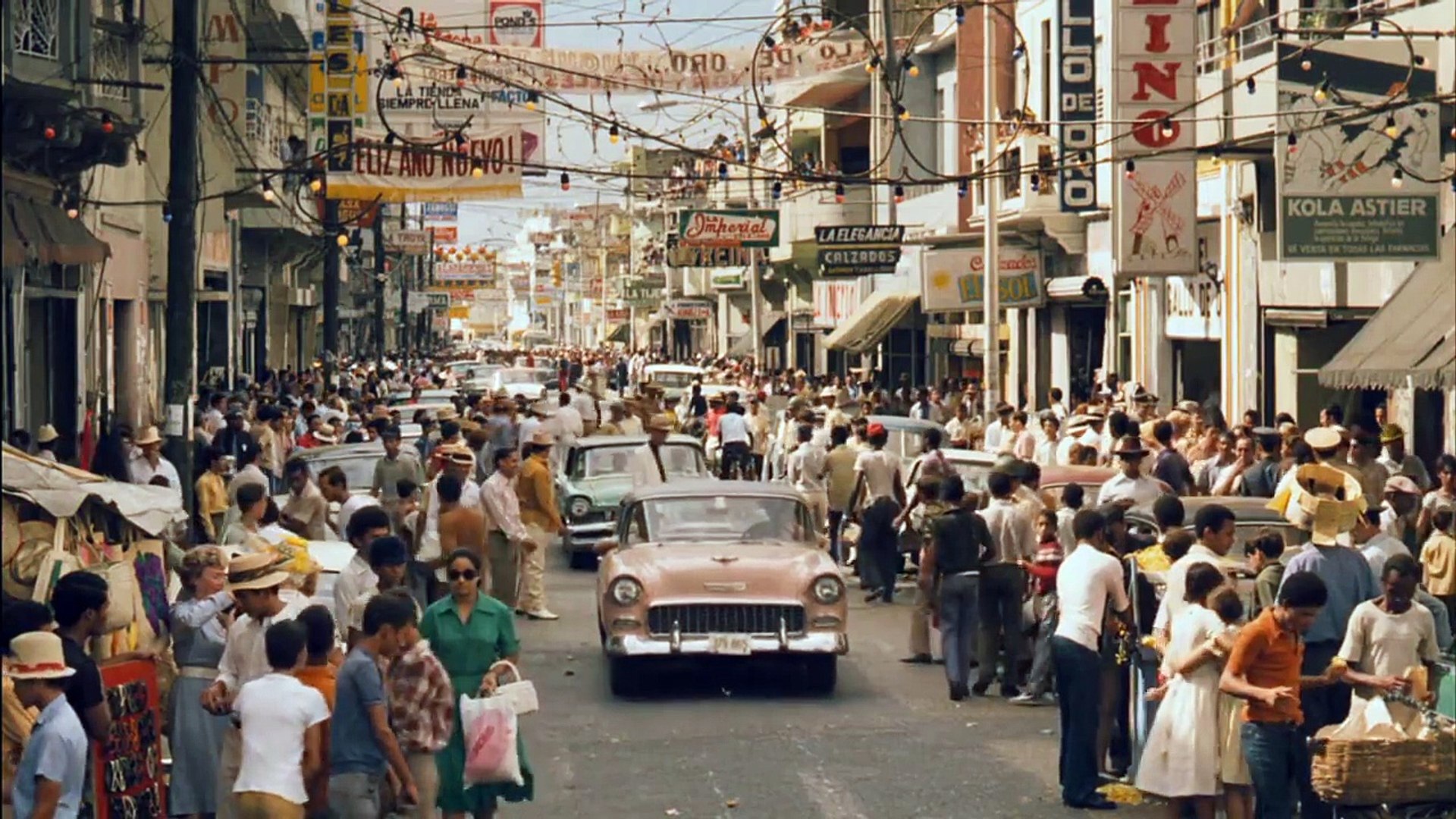
Some of the action in Part II takes place in Cuba in the late 1950s during the Cuban Revolution that brought Fidel Castro to power.
I want to start with a scene that captures my imagination the most. Do you remember the scene from Godfather Part 2 when Michael was in Cuba? He went through the crowded street, and something was going on. If you don’t know the history, it is hard to tell what exactly is going on, but the scale of world-building is fantastic.
When dealing with fictional worlds, we don’t have this path available for us, the path of researchers that can find out what was happening during the time of events and before, how the environment was during that period, and how culture and society were run. But despite this, we have to fill those gaps even in imaginary worlds to make them alive and memorable.
"We discussed this part with @MarkRhainer, and he added one exciting detail: we have this instrument to make things familiar. A good example is a wedding. It is a common and familiar ritual; we don't have to establish it in our world. We can just reuse it. "
Gameplay, Story, Society & Environment in Time

I suggest using a historical & archeological perspective on current events in the game — the genesis of the current situation. This way of thinking can empower your story and have a world-building effect. Make it more authentic and immersive.
We will use a four-layered system where each layer from an observer's perspective is built upon each other.
| Layer | Description | Example of influence |
|---|---|---|
| Environment | Foundational elements that represent nature, flora & fauna. The environment is changing throughout history, and those changes can affect society. In magic worlds, the magic part is the environment. | In Naruto, each village is built upon certain environmental conditions, like the Village of Sand. And each society is highly influenced by a unique environment. God of War: Ragnarok represents the world where environmental/magical changes affect the societies that depend on them. |
| Society | Represent society/societies of the game and world. Society in this context is a broad term that represents culture, religion, politics, economics, customs, etc. | Wolfenstein: The New Order game represents a society where the Nazis won, and it leads to a particular way of forming the game's story. |
| Story | It is the story of the game that represents particular events before and during the events of the game. And despite the fact you can start working on the gameplay before the story/society/environment, it doesn't mean that for the human mind, it will be perceived in the same way (I will address it later). | Baldur's Gate is about Bhaal's children, who are involved in political intrigues and epic fights. That is why an RPG with dialogues is a good gameplay choice for this type of story and influence. You need dialogue; the fight part is not enough to tell this story. |
| Gameplay | It is how you play the game itself. What interactive capabilities are available for players to dispose of. | The gameplay is heavily influenced by all layers below from the player's perspective: Uncharted — we can climb because we have mountains and buildings and need to reach far away. (Influenced by Environment) Elden Ring — we can cheat death because Rune of Death was sealed away. (Influenced by Society) Legend of Zelda: The Wind Waker - is a story about Link, who needs to find three Pearls of the Goddesses. And, of course, because he is looking for pearls, game mechanics include sailing. (Influenced by Story) |
All those layers exist in time. The environment is formed by natural and magical events, societies are formed through wars and explorations, stories are events that are connected to each other, and gameplay is a process in time. That is why adding a "historical" element will lead to a more controlled development.
Working with layers from a historical perspective

The 4-layers in the previous chapter showed decency, but the real work looks more like this:
Usually, intentionally or not, you will naturally jump from one layer to another from now to back then and sometimes in the future. This creative process is very intrinsic to us, but the hard part is extracting maximum from it. A chaotic approach is characterized by a lack of cohesion and ubiquity, leaving gaps and sometimes leading to a creative dead end.
Leviathan: The Cargo as an example
 Art by Alexander Davtyan for Leviathan: The Cargo.
Art by Alexander Davtyan for Leviathan: The Cargo. During our work on the game, we reached the point where we had the fundamental synopsis of the story. The main hero is under the ancient magical ritual and needs to fulfill it; otherwise, he is trapped. The goal is to deliver The Cargo outside the capital city to help the last member of an Aristocratic Dynasty, Lautners - Darina Launter, fight back. During his mission, he must pass the underground city with the region near it. We started to create some details about the city and region, but later, we ran out of cool ideas and lack of details about the town and region.
To resolve this block, we start to think about the environmental/magical history of the place, how society was transformed because of that, and how it can influence the story and gameplay. One of the most important events that changed the Leviathan world's environment was the Falling of The King's Tower; it shattered the land and formed the capital of The Kingdom. We explored the environment before and what kind of civilization existed there. Which of them can survive the Falling or leave marks of their previous life.
During this controlled brainstorming activity, we created a race called Fomorians, an ancient race of stone golems. They are all dead by the moment of the game, but you can find dead bodies that look like statues and tools they use. Those tools and the history of their survival during the Falling helped us to shape the story and gameplay.
In the story, characters assume that those statues are manmade, but later, it becomes evident that they are not and that locals are using those statues to harvest the materials they are made of. Because of the fragility of some parts of the statues, we created a game mechanic where you can chop a hand that is holding Formorian on the cliff (they tried to escape the Fall).
The Challenge
There are multiple options for working on environmental storytelling, and it really depends on your creative style. They are ringing from pure spontaneous and unstructured, where you just let the story and gameplay flow from your imagination; another way is more structured, where you use any way to express the acts/parts/layers, whatever.
It is important to note that the worldbuilding and script parts of the story have different requirements for storage. The script can be good as a document with nonstop text split into chapters and scenes. But worldbuilding is something that is used more collaboratively. You have more than one scriptwriter — you need to share information about the world in a structured way; you have a concept artist — you need to share information about characters, their role in the story, and details about his life in a structured way, you have an environment artist — they need a way to understand the place and its history to make it meaningful for gameplay and player's immersion.
And for imaginary worlds, typical for games, this framework is even more critical because of the additional challenges. In the beginning, I used the scene from The Godfather as an example, where Michael is in Cuba, but for fictional worlds, we need to create events and context like this. The writer's scope in games is much more enormous. We need to create the historical context, the story, and the gameplay that can facilitate synergy for immersion and fun for the players.
Game Structure & Environment Storytelling
To generalize the passing of the game in the light of environmental storytelling, we can view it as some number of story blocks connected to some game blocks. One block will start, and one in the case of a linear game or multiple in the case of a non-linear game will end.
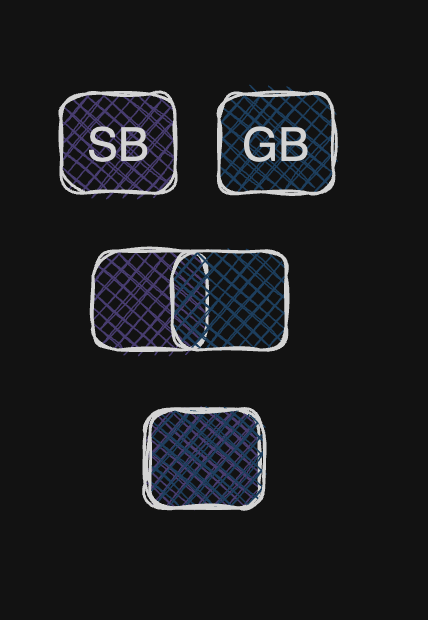
Story Blocks and Game Blocks are functional separations. A Story Block is a moment in a game where we tell some story. For example, in an RPG, it can be a dialogue or cut scene. Game Blocks are parts where players can play and explore the story. So, the main difference is the level of interactivity or type of interactivity.
When creating a game, you must pick and understand how hard this separation can be. Because some games separate Story Blocks from Game Blocks, some have overlapping, and sometimes we can see their full merge.
Separated.
Final Fantasy X is an example. You have combat purely Game Block where you have to fight, and Story Block is a cut scene with dialogues.
Overlapped.
Bioshock Infinite is where you go through the city initially, but your gameplay is cut down to a walking sim, while Game Block is a first-person shooter.
Merged.
Outer Wilds is where the story unfolds through the gameplay itself and active exploration. You have all you need, but you must figure out how it is connected.
Almost all games have them all in different proportions, and it is up to you to decide what is best for your game and your players.
Now let's zoom out and look at how we structure the game itself using those blocks; for simplicity in my game, I will use Blocks with strict separation.
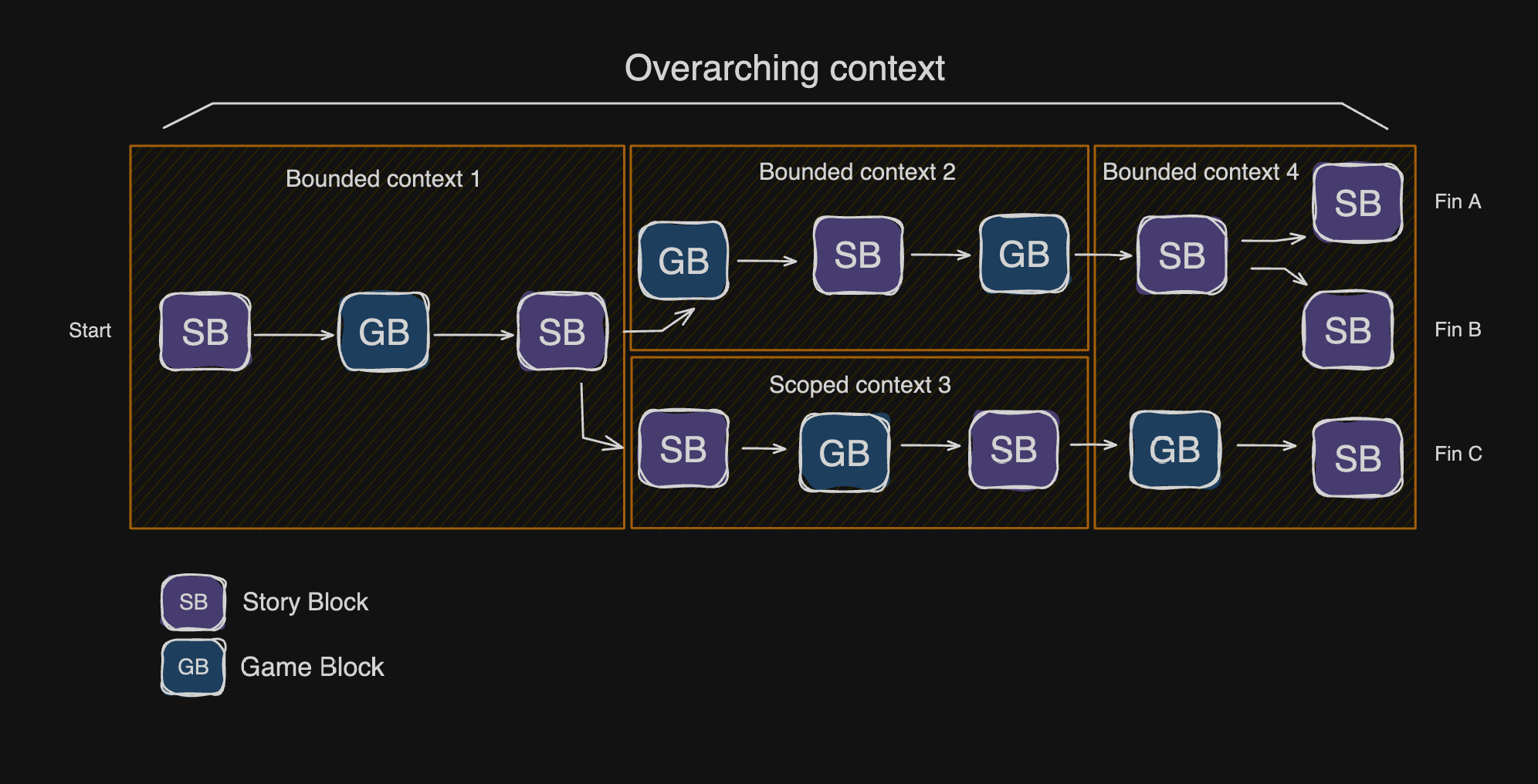
SBs and GBs are connected and form the branching storylines. It is a good idea to have rhythm and variety. We have our overarching context of the game. For example, The Cargo is happening in the world of Leviathan in an underground part of the Kingdom's capital. This context forces us to have some basic information about our game, like the level of technology, society structure, etc.
Bounded context is a more concrete place and time (historical moment) that helps specify concrete situations and challenges that players can face.
In Octopath Traveler 2, the Overarching Context is that in the world, there is an Apothecary Guild, but for a storyline of Castti, Chapter 2, for example, spins around Eir's Apothecary and how she is trying to figure out what it is. It is essential to notice how people from different societies react to Castti because almost all of them are aware of Apothecaries, some about Eir's Apothecaries, and those who are aware of Eir's Apothecaries have different attitudes towards Castti that range from anger and fear to hope and content.
How to create the context

Your story is happening somewhere:
- City
- Forest
- Jungle
- Mountain
- Desert
- River
- Ocean shore
- Sewers
- Desolated ruins
- Hotel's room
- Spaceship
- War trenches
- Magical pocket dimension
- etc
Now answer those questions:
I. How was this place created?
Two continental planes collided, giants grew a forest, manmade, etc.
II. What was there before current events?
Rivers of lava, forest (forest ➡️ desert), nothing created recently with magic, etc.
III. What kind of life can exist there?
Cockroaches and typical city insects, fishes, magical beasts, etc.
IV. Do they have a society there?
Giants, humans, etc.
V. Why the society is there?
Perfect place for them, they are forced to leave the original spot, and this place is good enough, etc.
VI. How is society able to survive there?
They develop underground mushroom farming, attack neighbors to extract resources, form a cult to seek gods' protection, etc.
VII. What is the current challenge for the society?
Underground rivers are drying out, neighbors forming an alliance to fight back, it is hard to please gods, etc.
VIII. What will happen next that can be spotted today?
Some people are looking for a better life elsewhere, making the society less functional, gods pushing cultists to be more aggressive, thus changing the culture into warmongers, etc.
Answer those questions related to your world and connect them to the story and the overarching context of the game's world.
Check how good the result is.
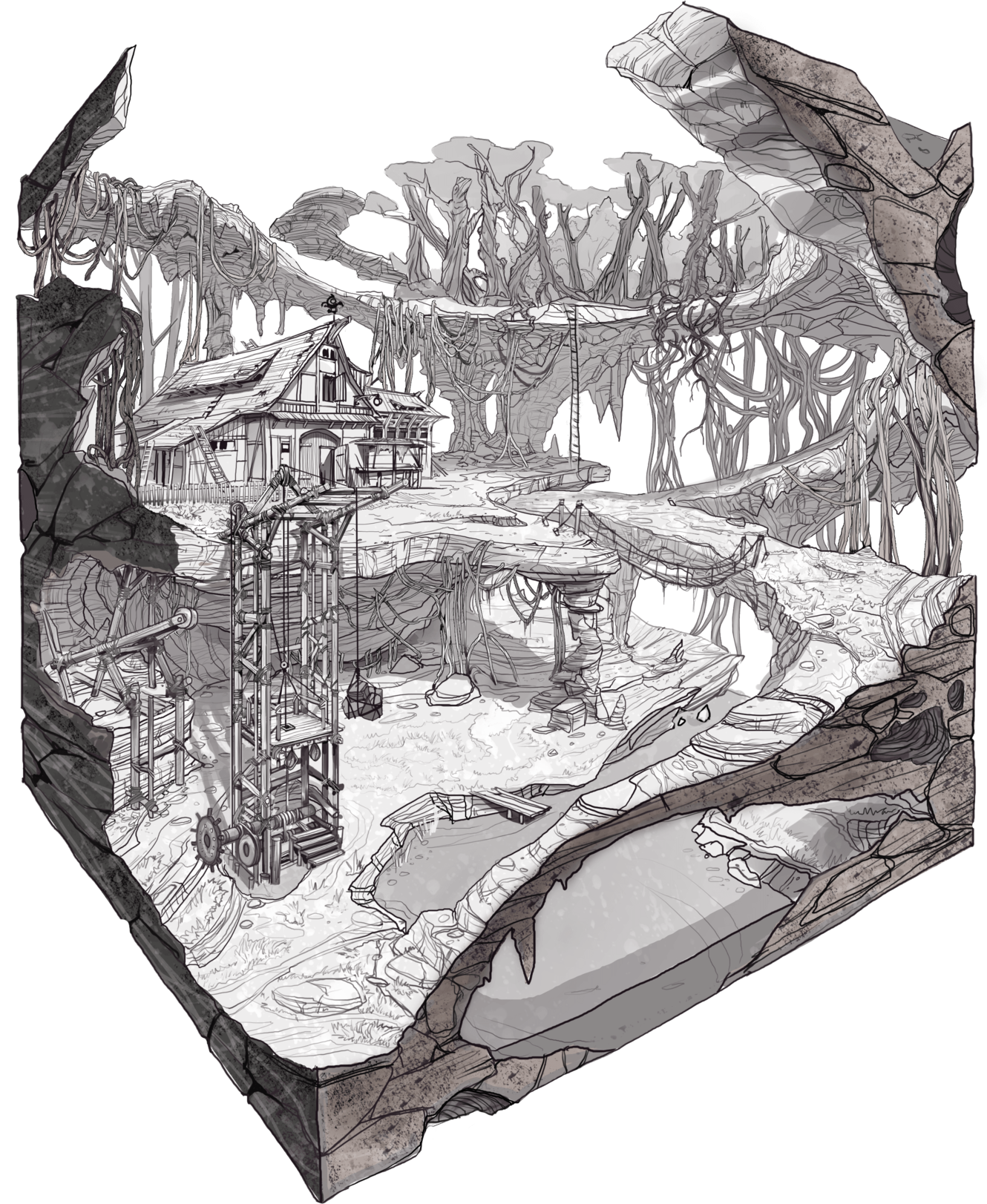
When you do so, think about how this context can influence your gameplay? How can this context influence your story? If it is not, try to iterate over those questions again but, in a way, create synergy between every aspect. You should have strong cohesion between context, story, and gameplay. Try to achieve this while you have time because otherwise, you will end up in a situation with too many compromises.
"@MarkRhainer shared how you can check your worldbuilding. He suggested using natural location, putting two fractions together, and checking how aware you are as an author of what will happen next. For example, you can put Brotherhood of Steel and Common Person in the desert. Do you know how they will behave and what the outcome will be? If the answer is firm yes, you have detailed enough worldbuilding."
Game development is a complex creative process that forces us to find a middle ground between what we want and can. This framework will reduce the number of half-baked ideas and storytelling bits. Good luck with building a game of your dreams!
For feedback, please join Discord.
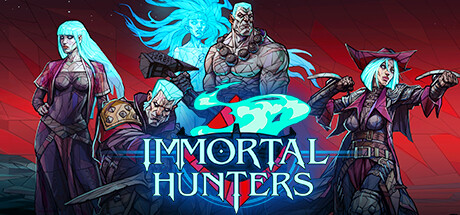
Immortal Hunters
Mark Rhainer and Roman Artamonov are working on an impressive cooperative action RPG, and I wish them all the best! They use LoreHub for prototyping dialogues and as a worldbuilding tool.
Wishlist it on Steam and try it out.